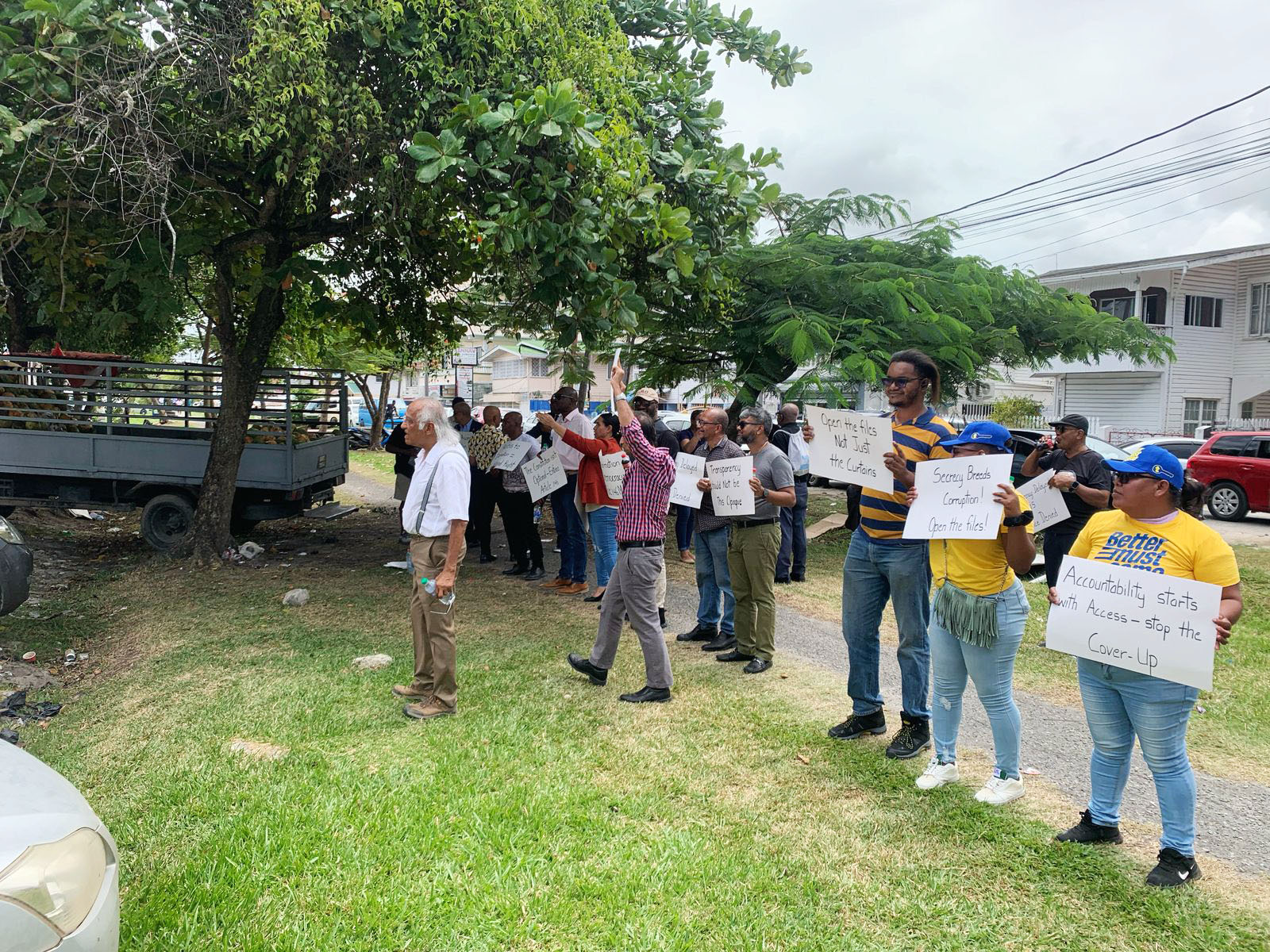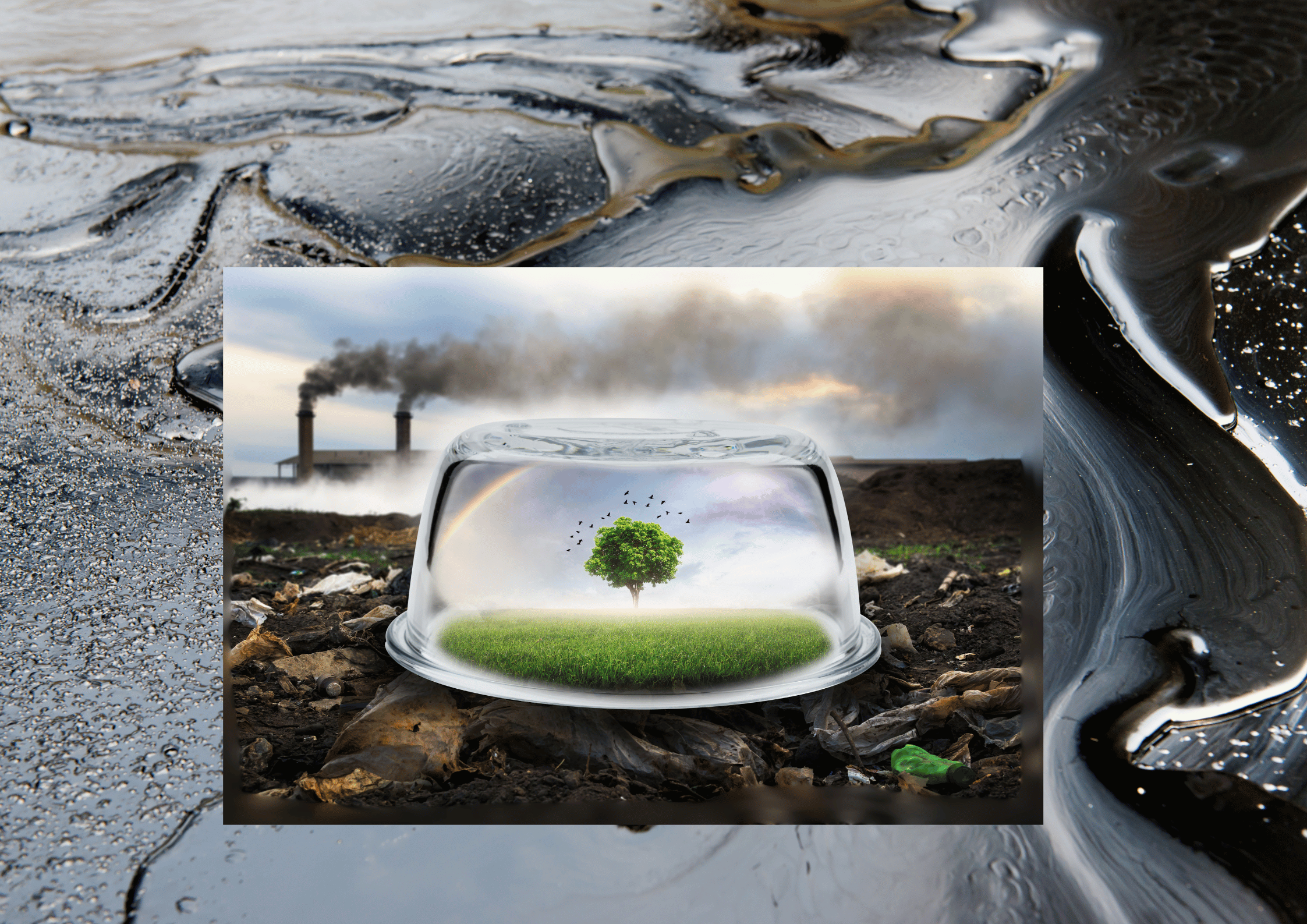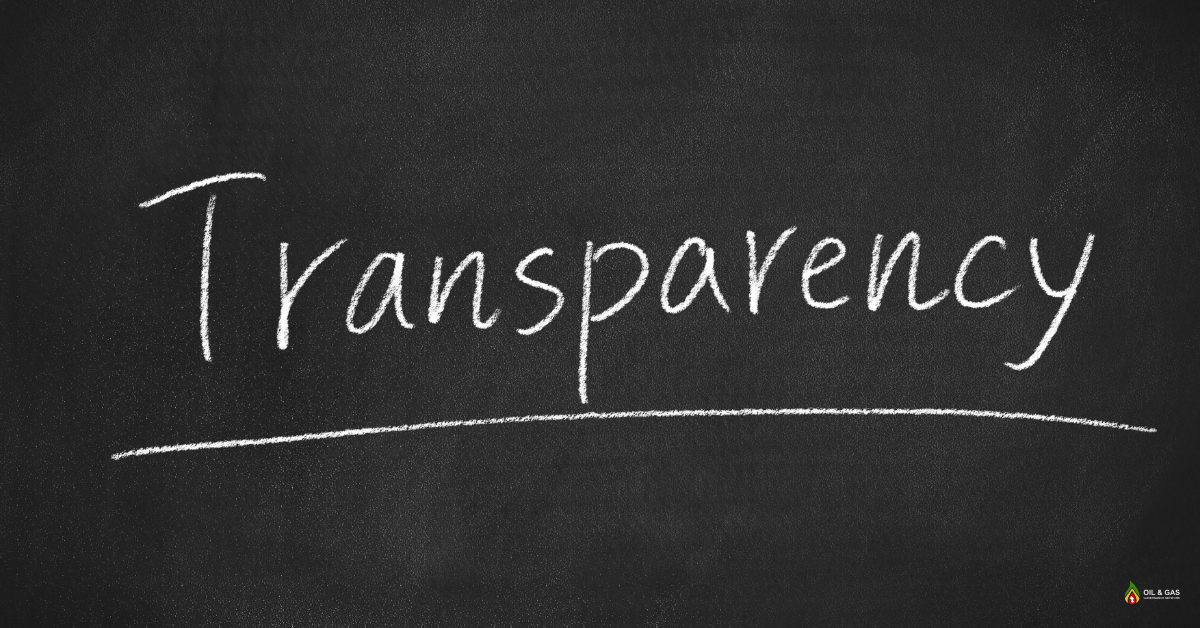Elizabeth Deane-Hughes
26 May 2022
Mr. Alistair Routledge,
President,
ExxonMobil Guyana,
99 New Market Street, Georgetown.
Dear Mr. Routledge,
RE: Governing instruments of Guyana vis a vis EIA/EIS for GTE pipeline project & Uaru Project
Happy 56th Independence Day Greetings! Trust this finds you and your circle well.
I have been attending some of the complimentary to the process complimentary public consultations held both under the GTE pipeline project and Uaru project where oral utterances about unawareness and/or ignorance of requirements have been made. I would like to make it “pellucidly clear” what some of these requirements are as per Guyana’s written instruments in order that this may be shared within ExxonMobil/ExxonMobil Guyana/ EEPGL and/or any independent contractor/s. There is an old legal adage which seems appropriate to share here; – “Ignorance of the law (process & procedural in this case) is no excuse”.
Further I have heard at said meetings oral utterances about this being a draft EIS/EIS for the GTE project. Please be informed the only place the word draft is evidenced is in one of the technical reports the same that has prohibitive exclusion and/or limitation clauses.
In no order of importance here are some of the requirements omitted/with non-adherence to:
- 1794/2016 Petroleum Agreement – Section 12 – request has been made to ExxonMobil and the Office of the Attorney General for the feasibility study required but to date no response nor acknowledgement from either.
- The Environmental Protection Act Chapter 20:05 – Section 11- failure to consult with stakeholder in direct proximity to the pipeline.
- The Environmental Impact Assessment Plan in the submitted EIA/EIS – failure to consult “primary stakeholder” as defined therein. It is indeed curious that after the submission of the EIA/EIS for the GTE project, the residents in the immediate vicinity have now been inundated with literature about the pipeline in letterboxes and personal invitations were issued to some to attend the concluded complimentary to the process complimentary public consultation.
- The Environmental Protection Act Chapter 20:05 – Section 11 – the developer as defined in the act did not submit along with the independent consultant as there is no evidence on the written documents of any of the names ExxonMobil/ExxonMobil Guyana/ EEPGL.
- The Environmental Protection Regulations 2001 – Section 17 – there is no evidence on the face of the submitted EIA/EIS of any adherence to these requirements including ownership of the land within the EIA/EIS description.
- The mechanism under which the complimentary to the process complimentary public consultation concluded on Friday 20th May 2002 will be submitted to the EPA as a complimentary document to the already submitted on 20th April 2022 EIA/EIS. A letter to the EPA addressing this question remains unanswered and unacknowledged.
In the aura of the aforementioned, this letter respectfully asks that:
- The EIA/EIS for the GTE pipeline project submitted to the Environmental Protection Agency on or around 20 April 2022 be withdrawn completely in its entirety in the current format.
- The developer in the spirit of freedom of information within their CSR, ESG and else where release all the environmental studies conducted and used in all submitted EIA/EIS.
- The developer and/or its independent consultant/s explain the methodology used in the scoping session currently being undertaken for the Uaru Project, to determine the choice of villages and regions. Prima facie in the realm of logic the Demerara River and its environs would be the area most affected environmentally as it currently is where most of the support activities for the FPSOs are located. However, there may be other reasons/considerations as the holder of the studies may have more information based on the documented studies of the sea and air currents among others which are not currently privy to the Guyanese pubic.
- The developer and/or its independent consultant/s conduct an in-depth analysis of lessons learnt from the previous EIA/EIS documents with special emphasis on Yellowtail but not limited to, before starting the EIA/EIS process for Uaru Oil Field Project.
- The developer develops an independent educational programme about the oil and gas industry for all grassroots stakeholders with special emphasis on those who depend on the sea to earn a living but not limited to this group.
- The developer crafts a programme for the legal fraternity and other interested parties such as NGOs, inter alia to comprehend the regulatory framework of the environmental and socioeconomic programmes and the regulatory system of its internal governance.
- The developer creates a balanced equilibrium triangular relation among themselves, the Government of Guyana and stakeholders of the 1794/2016 Petroleum Agreement, that is – ALL the people of Guyana. Together we can create a win-win-win!
Thank you for your kind consideration.
It is hoped that we find a more equitable formula for our lives with each other as developer and stakeholder as we are in this together for at least the next 25 years if not more.
Kind regards,
Elizabeth Deane-Hughes










